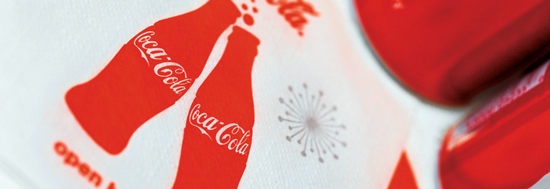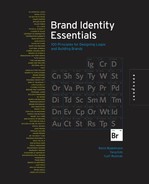62 Trade Dress
As logos become more and more ubiquitous—and as competition gets stiffer and stiffer—the need to develop identity programs that help differentiate organizations from their competitors increases in significance.
The first step is creating a mark that’s completely yours, but that’s only the first step. The next step challenges you to think about how to apply that mark in ways that add up to a unique and protectable program, one that echoes the brand promise and speaks to the intended audience in a way that others have not.
In legal terms, protecting the overall look and feel of an identity program falls under trade dress. The placement of the mark, the color, the shape of product packaging: All of the things that create the overall look and feel of a brand in the marketplace could be a trade dress.
Trade dress is difficult to protect. For some types of trade dress, you need to prove that the consumer really believes that the trade dress is a source indicator for you—that your company is the source of that product or package. For example, the unique curved shape of the Coca-Cola bottle is protected as a trade dress. Only once a company proves that it’s package or program has achieved distinctiveness can it be protected as trade dress.
Courtesy: Herman Miller, Inc.

The silhouettes of several Herman Miller products have trade dress protection.
The shape of Coca-Cola bottles is a brand identifier that is almost as important as its logo.
Photos: Jeremy Frechette, Terry Johnston


